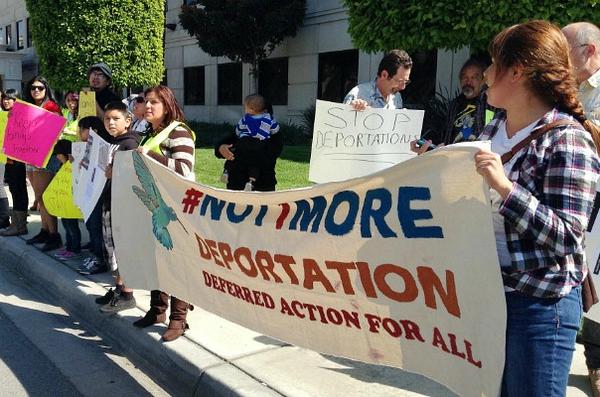
Teachers As Role Models
June 8, 2012
To Deport Or Not To
June 19, 2012By Janice S. Ellis, Ph.D., Kansas City, MO –
Black on Asian crime is occurring in major urban areas across America and it does not always make the evening news or any discussion about growing violence in this country, but it is happening more and more.
Only this week, the San Francisco Examiner reported that groups of black people are targeting Asian companies and homes to perpetrate acts of robbery, violence, and murder. A recent police study shows that 85 percent of physical assault offenses involved black on Asian crime.
But black on Asian crime isn’t confined to San Francisco. Philadelphia may have an even more violent and widespread issue. During the last three years, there has been an increase in murder and burglary and break-ins for Asian business owners and in their own residences.
What’s awful is those are the ones where there is a record of those actually apprehended. But it is widely believed that a lot of these crimes go unreported.
San Francisco and Philadelphia aren’t alone. Similar incidents have been reported in Manhattan, NY. And you can find video news reports of black on Asian offense.
But in commenting on the black on Asian offense, Yale Sociologist, Elijah Anderson accurately noted, “It’s a human thing. It could be Asians who get jumped. It could be white, Italian, Jewish, whatever, if you know what I mean. This is not unique to blacks and Asians.”
But what are cities doing about it? It has been a tendency that is growingly destructive for the last several years during summer breaks for teenagers that are black.
Ask just a casual observer in any major metropolitan area, youth agency, or government officials whether you can find enough positive, enriching activities or job opportunities for black youth, the response will be a resounding NO. Survey several parents and you will likely get the exact same reply.
There are indications all around that black youths between the ages of nineteen and ten do not have enough positive programs or job opportunities. It is a national problem that is showing up in different ways.
The issue of addressing the long term needs of black youth must be positioned higher on the radar screen for those in positions to do something meaningful about it: policy makers, civic and business leaders, parents, the faith community, school administrators, and public and private financing agencies.
We need not reinvent the discussion. A meeting here and there will not get us where we need to be. Believing we can arrive at meaningful alternatives without making a long-term commitment to designate the crucial dollar resources will only fool ourselves.
Black on black crime, black on white crime or black on Asian crime, ow many more innocent sufferers do there need to be?
Feature Photo Credit: digplanet.com, this student was the victim of black crime in a school in Philadelphia.
Edited and Reprinted with Permission of USAonRace.com


4 Comments
Yes, casual factors like “casual racism” against Asian Americans.
You know what aim talking about. Somehow anti-Asian racism is looked at like “just jokes”. These “jokes” work to dehumanize Asians and it leads to worse offenses, such as assault.
blaming the system is wrong, criminals should take responsibility for their crimes.
asians live under this same system, they do not commit as much crime as blacks.
you are justifying criminal behavior by blaming the system.
in effect, you are saying criminal is justified in committing crime because of the system.
this is the issue, black leaders condone/justify the criminality rampant in the black community.
on numerous occasions, i have been the victim of black criminals, I sense the hatred in them.
These hatred is encouraged by black leaders repeatedly saying that the system failed them, they have been enslaved, this sows vengeance in black people’s hearts and minds. this is their justification for crime.
Noel, the #1 predictor for crime is poverty, regardless of race. Poverty is a direct reflection of systematic oppression, as the rich get richer the poor get poorer, regardless of race. You starve a community of their basic needs (education, housing, grocery, employment) long enough, a revolt is bound to happen. It’s not like the crime being spoken of is strictly to other races, it’s even among their own. So, it’s not hate for others, it’s anger towards not having resources and knowing that other communities have access to said resources. Your bias is showing (“I sense the hatred in them”). Nothing about this blog said criminals shouldn’t be held accountable. Let’s be real, if we want to truly fix crime, we have to start looking at causal factors and cut it off at the source.
Hi Coleman,
Crime and Poverty are statistically linked as in Correlation, however, poverty does not cause crime. There was no crime wave in the 1930’s depression era like the one in 1970’s-1990’s increase in Urban crime rates, even though we had 30% unemployment and virtually NO welfare safety net. Crime does predict poverty though. Unless you are a successful White Collar criminal…